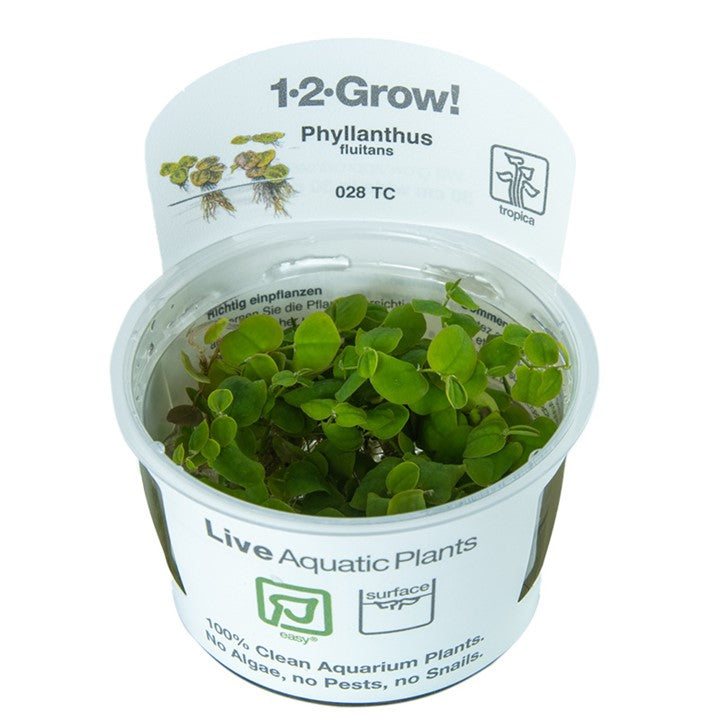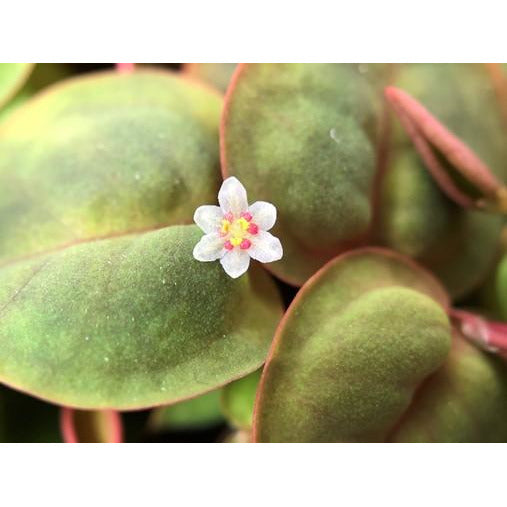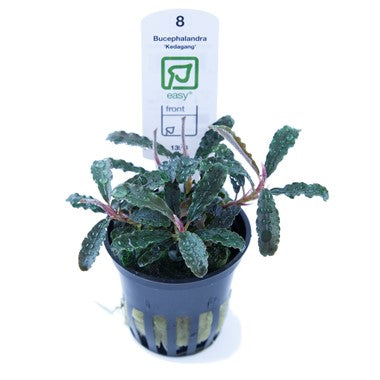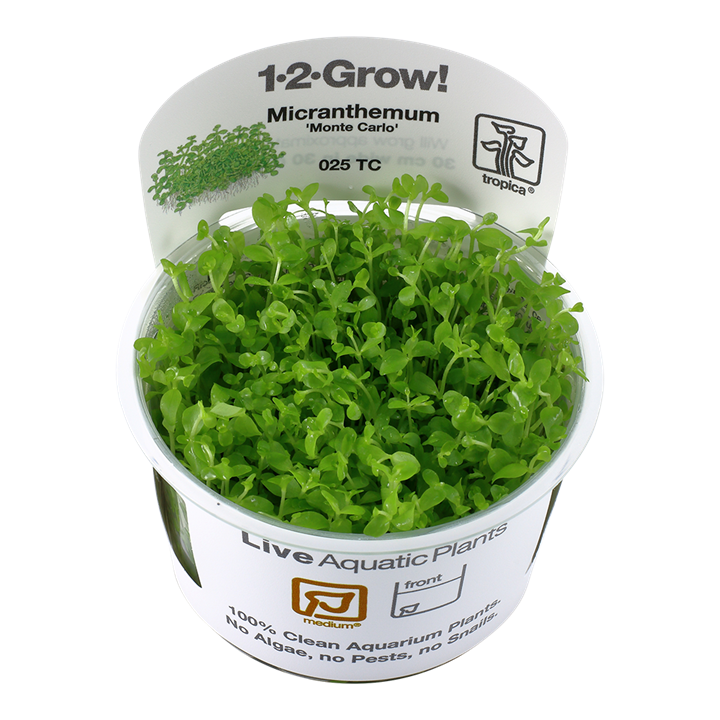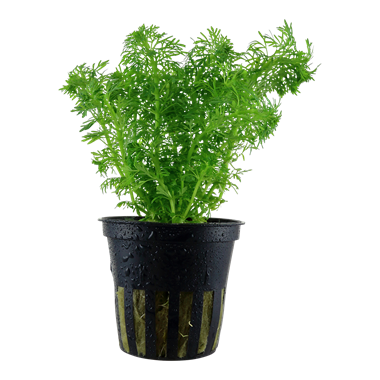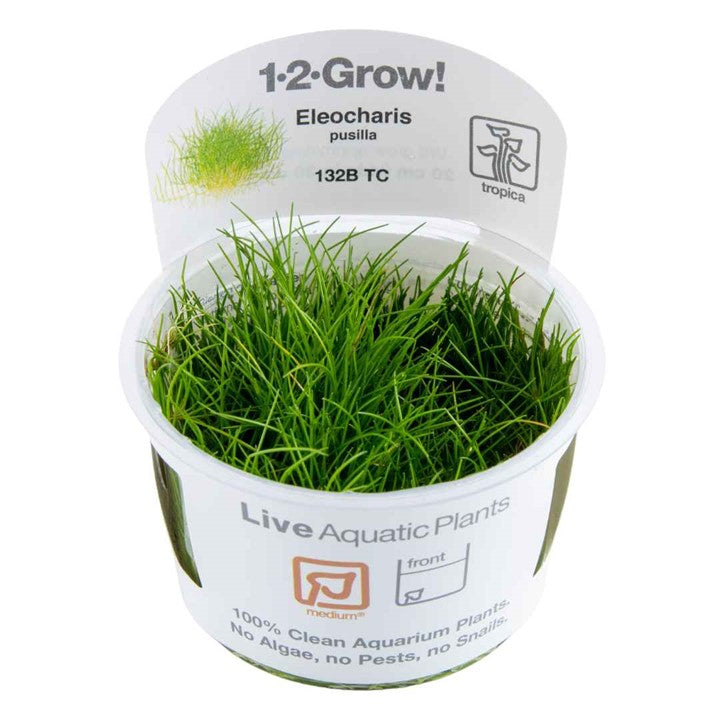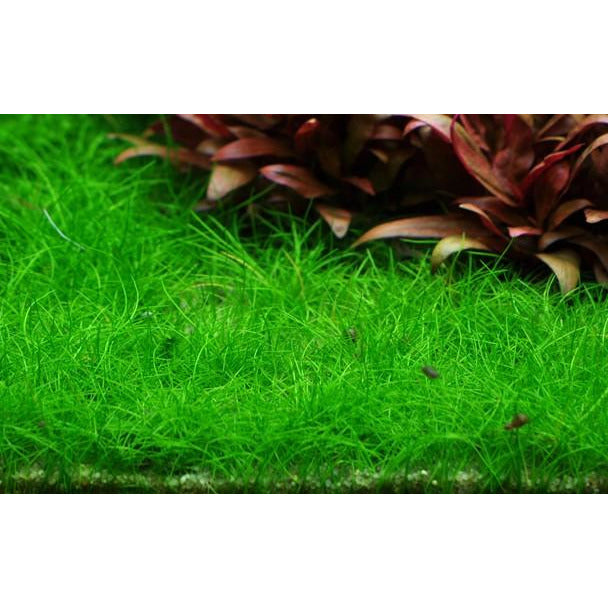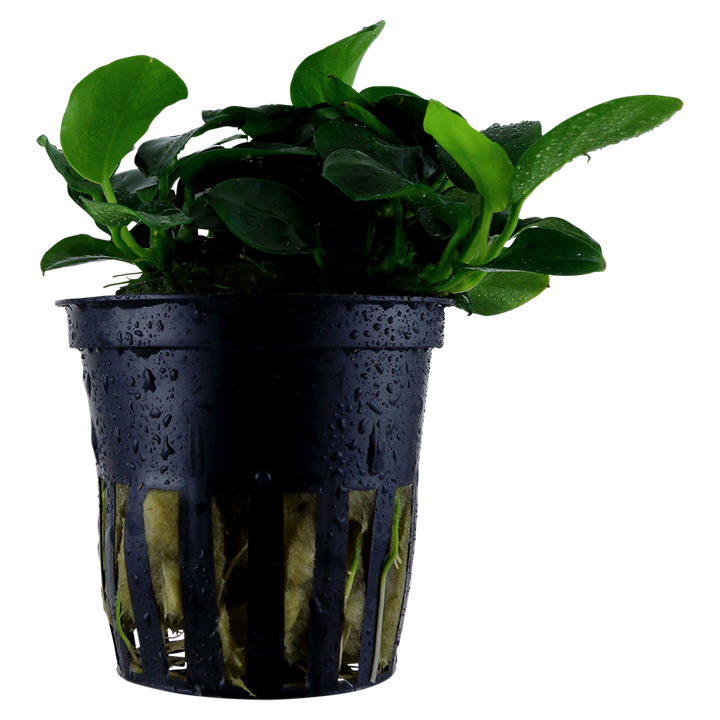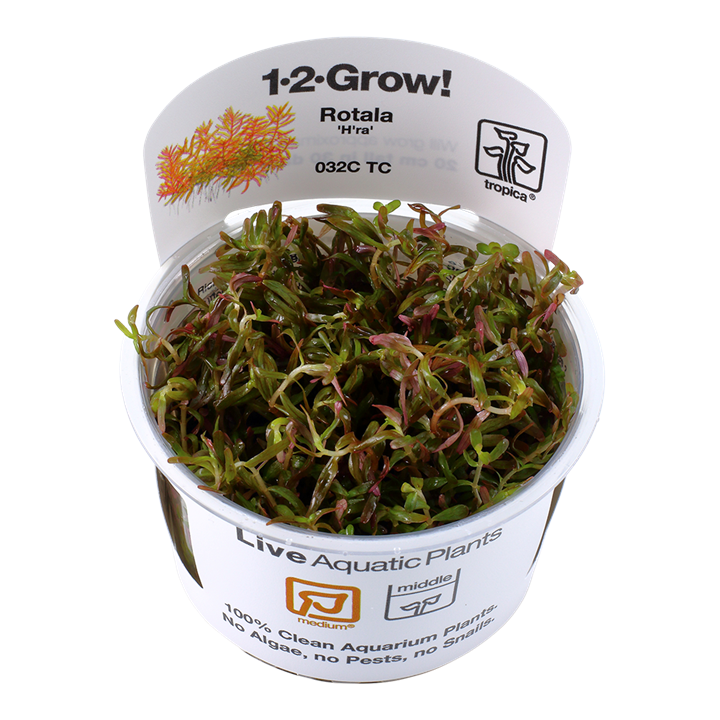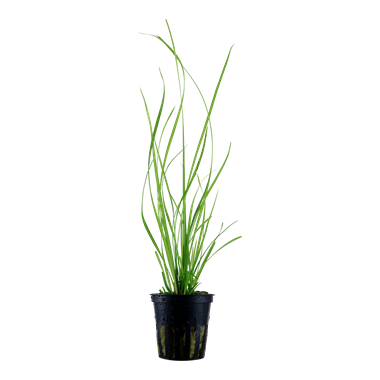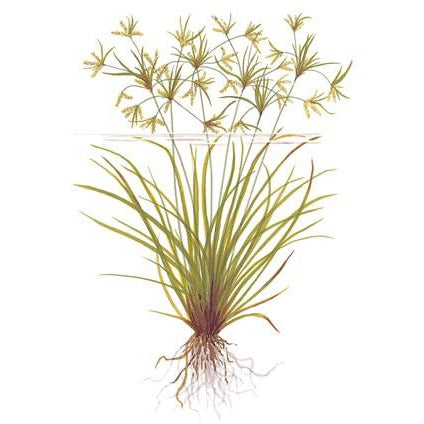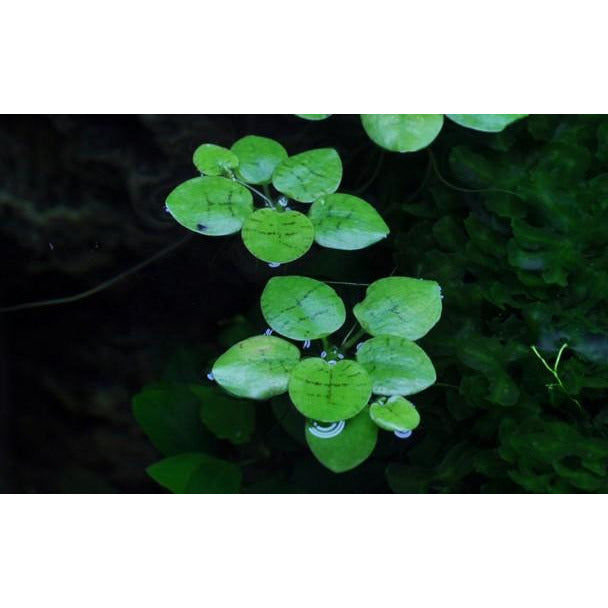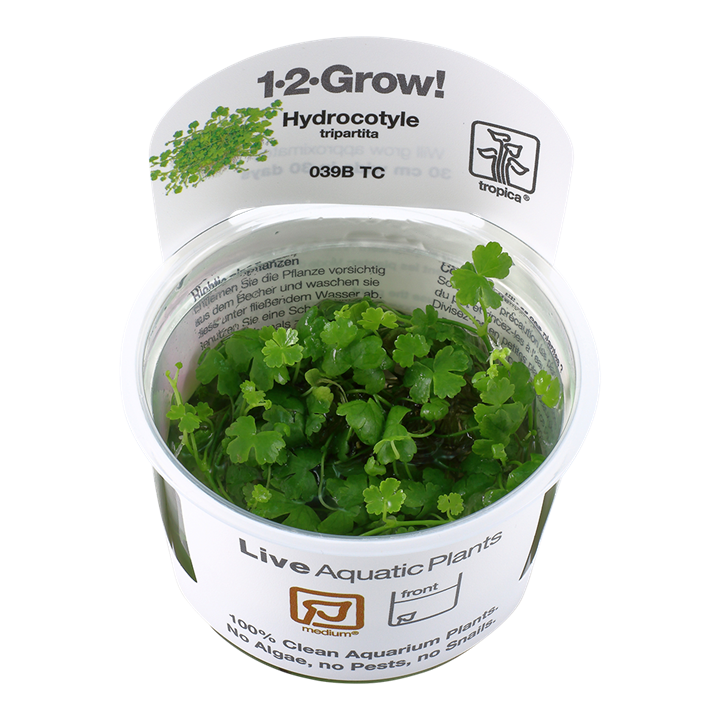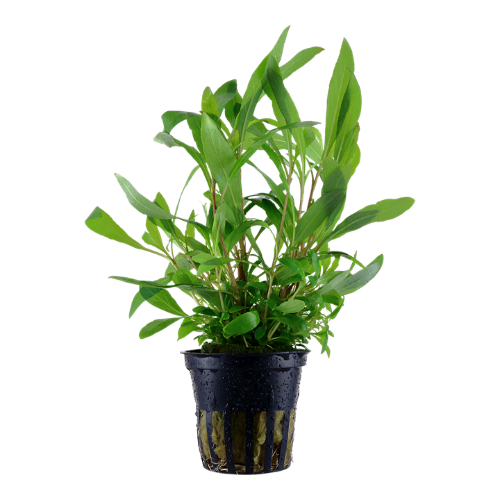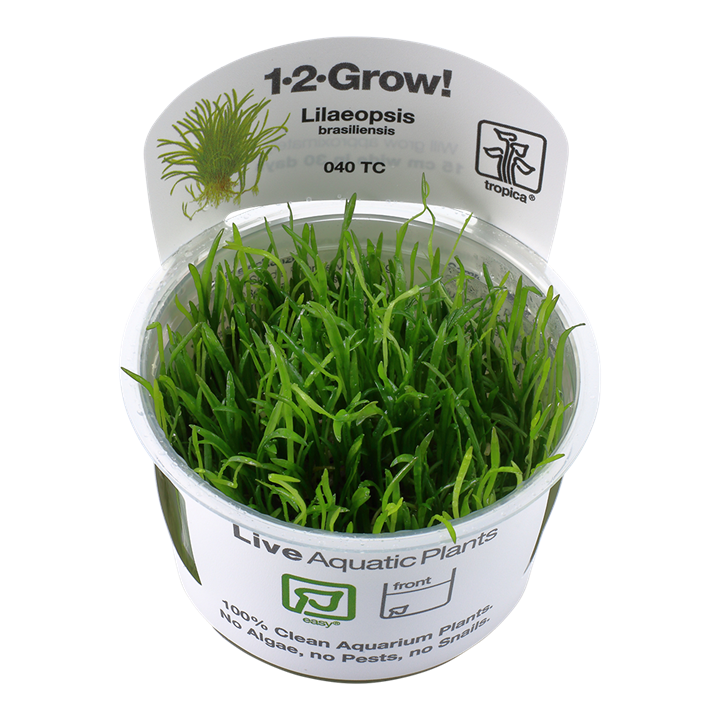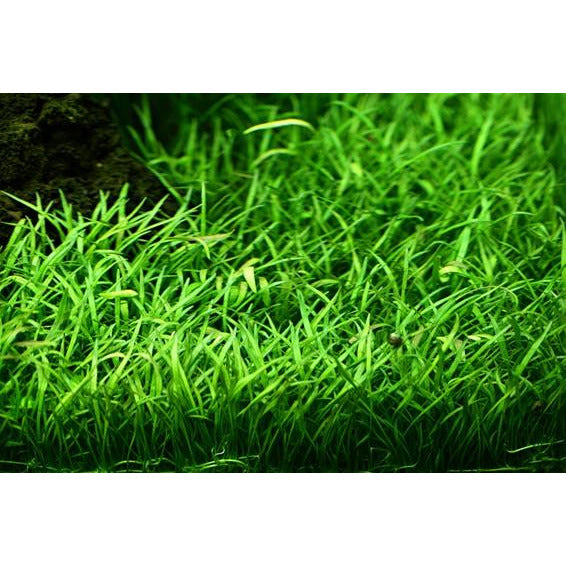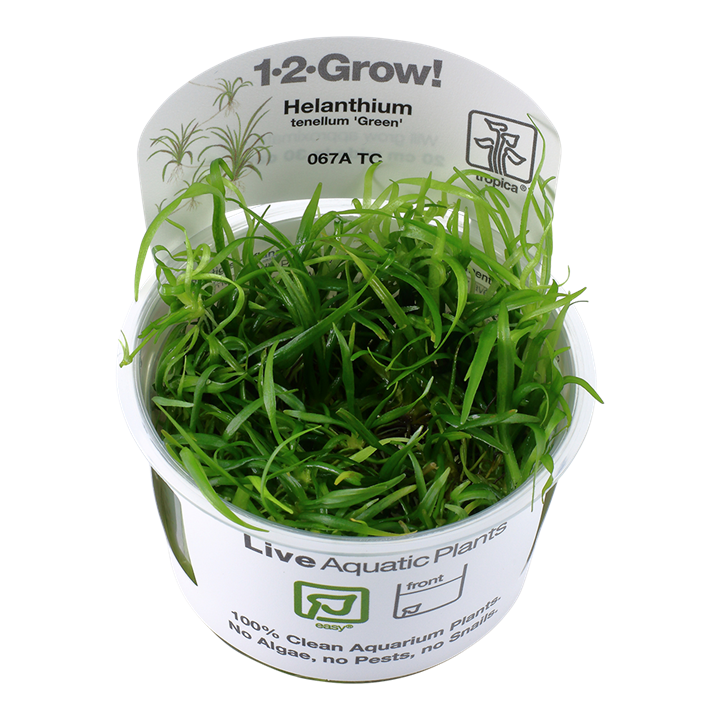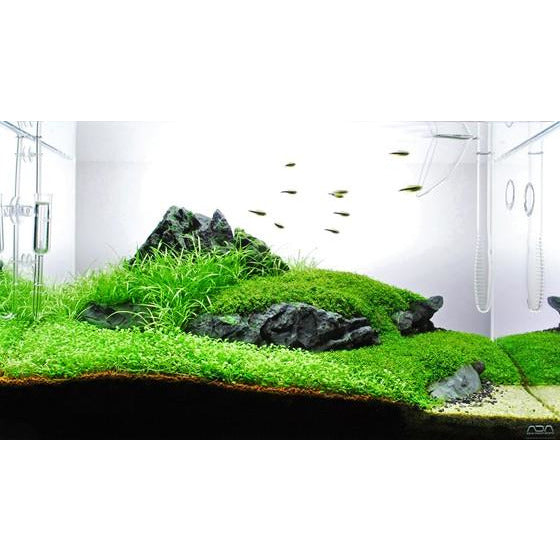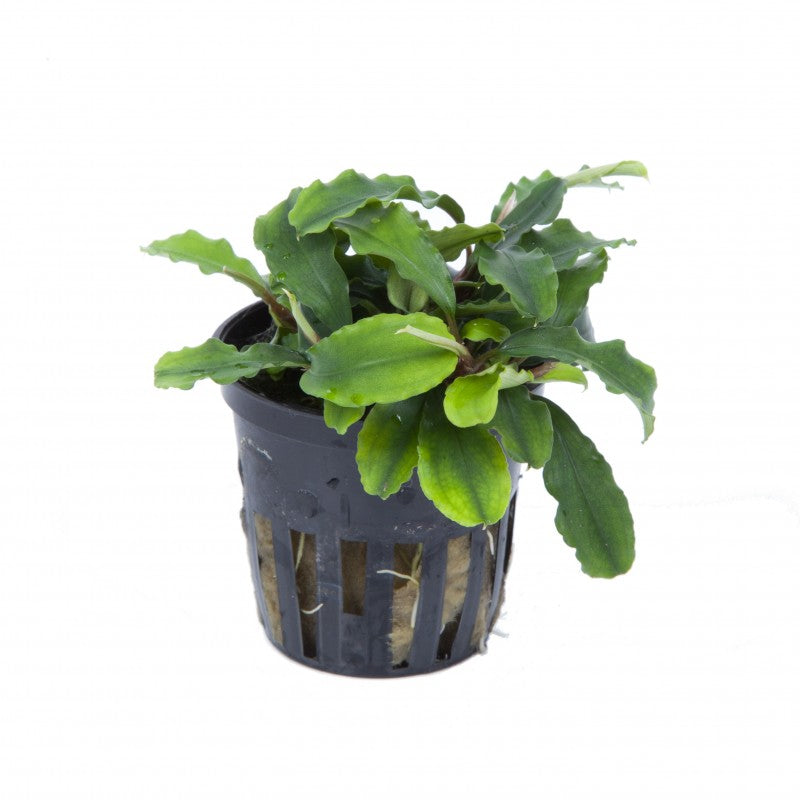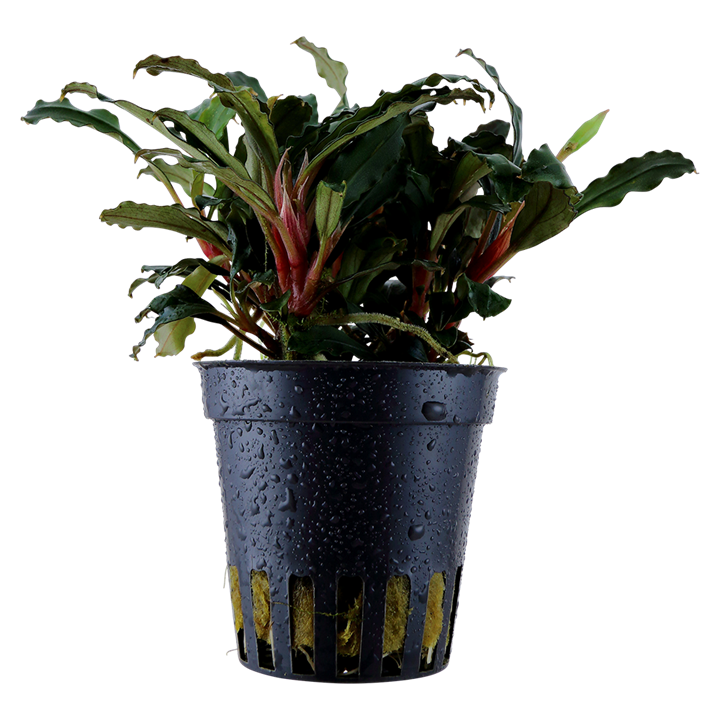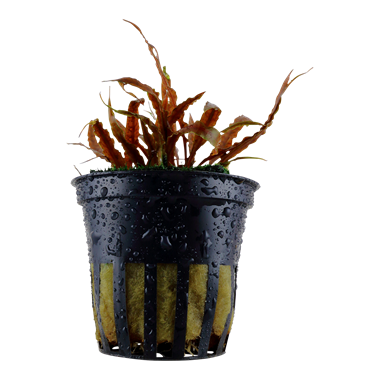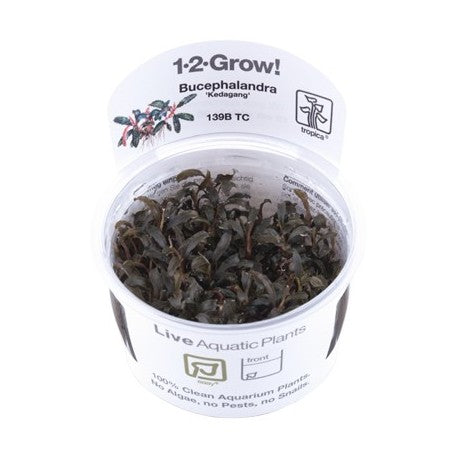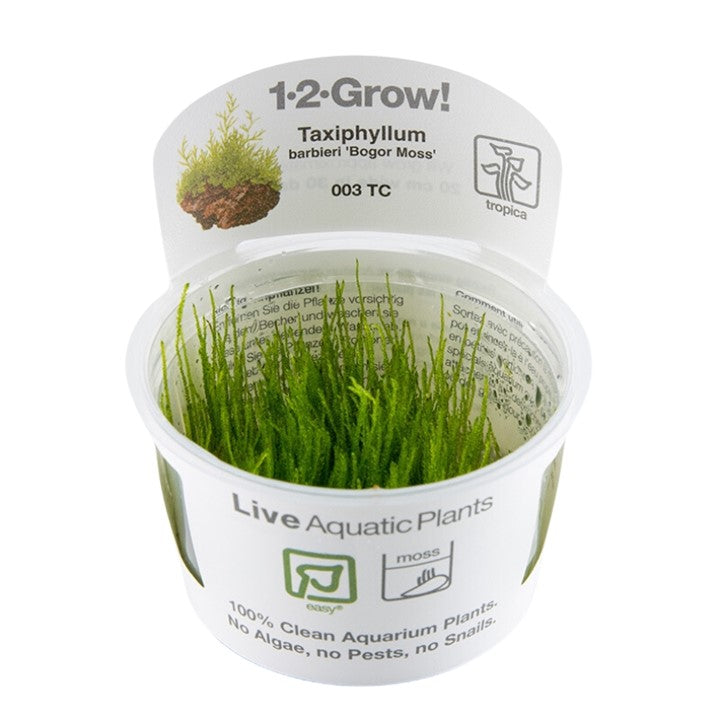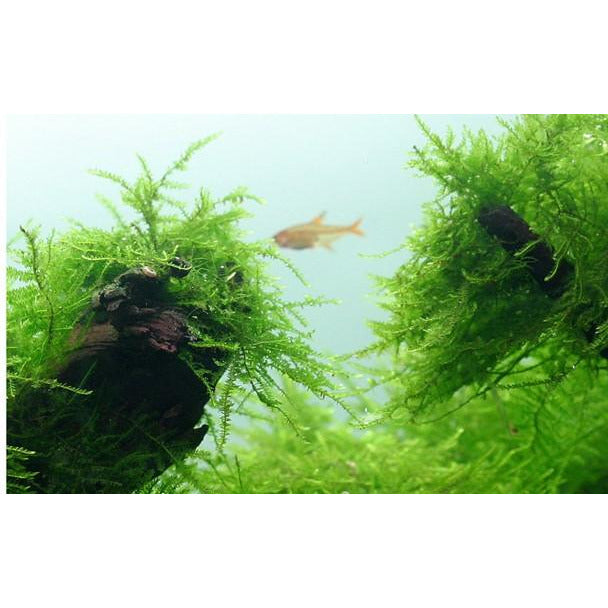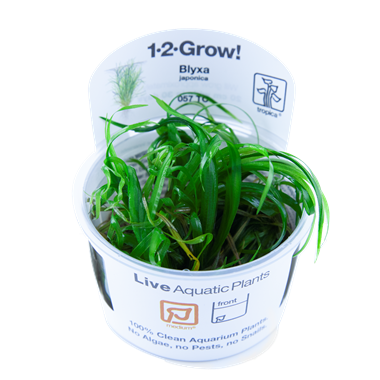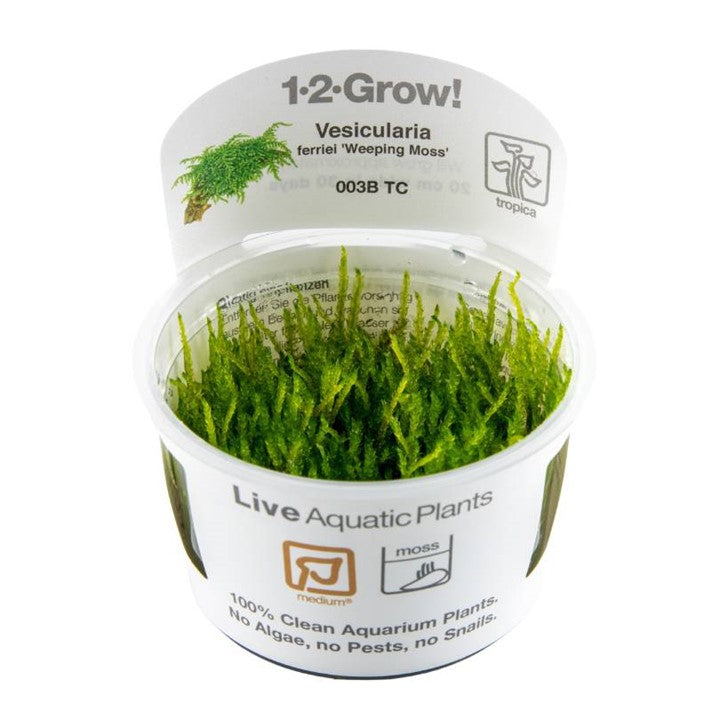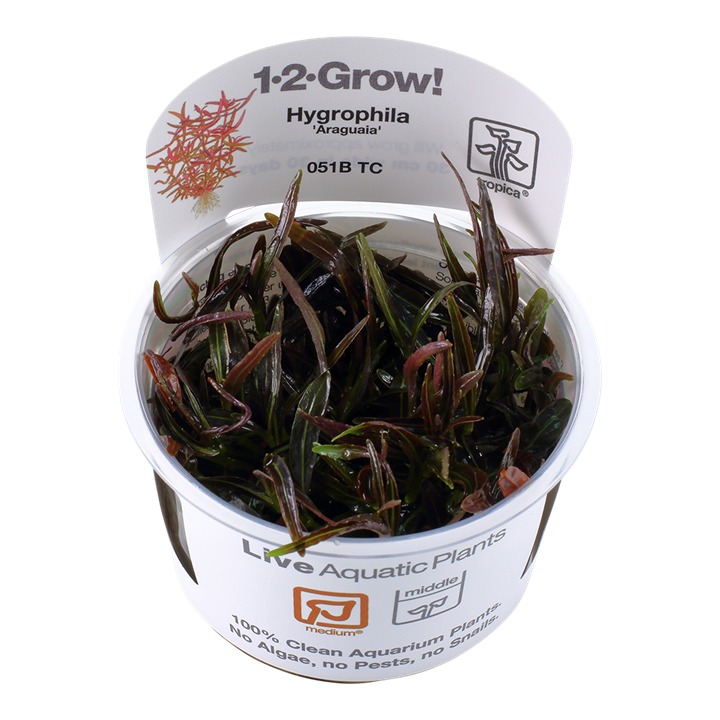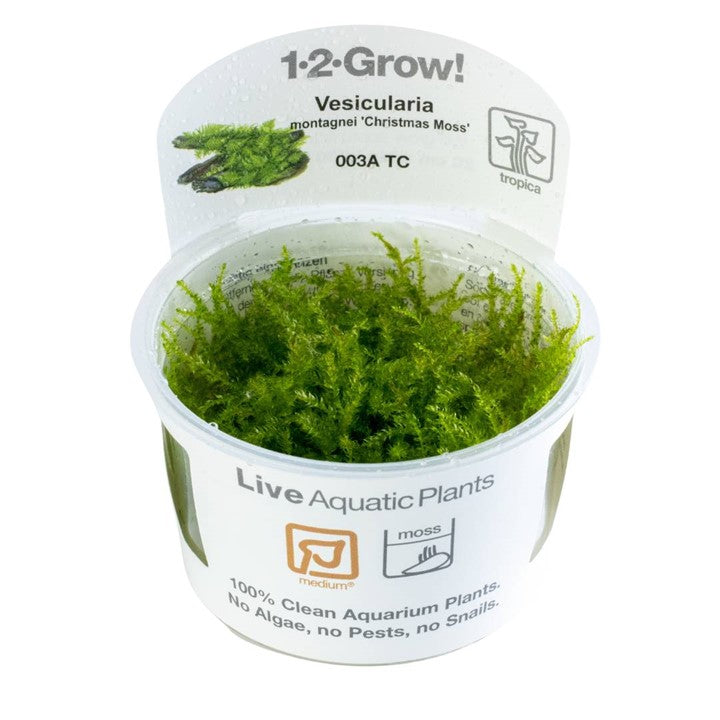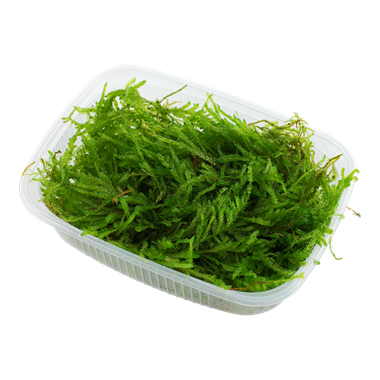
Emersed Aquatic Plants & Wabi-Kusa: A Complete Guide to Above Water Growth Techniques

Emersed Aquatic Plants & Wabi-Kusa: A Complete Guide to Above Water Growth Techniques
Live aquarium plants are typically associated with lush planted aquariums, swaying leaves, dense green carpets, and vibrant stems reaching toward the surface. But many aquatic plants are just as happy growing above the waterline. This is known as emersed growth, and it opens up a whole new world of aquascaping possibilities.
Wabi-kusa is a Japanese aquascaping concept that blends aquatic plants with the principles of wabi-sabi—the beauty of imperfection and natural simplicity. Typically made using a soil or substrate ball planted with aquatic species, wabi-kusa can be displayed emersed (above water) in glass tanks or shallow trays, creating miniature living landscapes that thrive with minimal gear.
Whether you're setting up a shallow aquarium, a paludarium, a terrarium - such as the DOOA range of glass plant displays, or experimenting with wabi-kusa or riparium styles, using emersed-capable plants allows you to blur the line between land and water, creating stunning and dynamic living displays.

What Is Emersed Growth?
Emersed plants are rooted in water or saturated substrate, but their leaves and stems grow above the water’s surface. This is different from submerged growth, where the entire plant remains underwater.
In nature, many aquatic plants transition between submerged and emersed growth depending on seasonal water levels. This adaptability means they can thrive in a range of setups and often grow faster and more robustly when given access to natural CO₂.
Why Grow Aquatic Plants Emersed?
-
Faster Growth: With access to atmospheric CO₂ and better oxygenation, many plants grow faster emersed than submerged. However when grown submerged, we can supply our plants with CO2
-
Unique Appearance: Emersed forms of some plants look dramatically different smaller, rounder, or brighter leaves.
-
Flowering Potential: Many aquatic plants only flower when grown emersed, a great example of this is Pogostemon deccanensis, which produces beautiful purple flowers
-
Creative Design: Ideal for shallow aquariums, paludariums, and hardscape-centred layouts where plants climb or creep over rocks and wood.
Aquatic Plants That Can Grow Emersed (wabi-kusa plants)
There are so many aquarium plants that can be grown emersed but here’s a a few the of popular and beginner-friendly aquatic plants that transition beautifully to emersed growth:
Rhizome Plants
These slow-growing plants anchor onto wood or rock and tolerate low humidity.
-
Bucephalandra species
Tough and hardy, with waxy leaves. Prefers shade and high humidity when emersed, will produce flower like white buds. -
Microsorum pteropus (Java fern)
Can grow partially out of water if the rhizome stays moist. Great on driftwood. -
Bolbitis heteroclita "difformis (Mini Bolbitis)
Needs high humidity to thrive emersed. Grows slowly but adds a wild, forested feel.

Stem Plants
Fast growers that can root in shallow water and extend their shoots above the surface.
-
Hygrophila polysperma
Adapt well to emersed growth; produce lush, bushy tops and occasionally flower. -
Ludwigia repens
Stunning red hues in good light. Leaves become smaller and rounder emersed. -
Pogostemon erectus
When grown emersed, Pogostemon erectus produces beautiful pink-purple long cone shaped flowers. It requires high humidity to start and frequent spraying for successful establishment out of water.
-
Rotala rotundifolia
Delicate and vibrant. In emersed form, leaves turn rounder and brighter.
 Pogostemon erectus Emersed and flowering, Horizon aquatics
Pogostemon erectus Emersed and flowering, Horizon aquatics
Carpet & Creeping Plants
Ideal for wabi-kusa, moss walls, or riverbank-style layouts.
-
Hydrocotyle tripartita
Fast-spreading with clover-shaped leaves. Looks fantastic crawling over rocks. -
Micranthemum ‘Monte Carlo’
Can form tight carpets emersed with good humidity and light. -
Marsilea hirsuta
A low-growing fern that resembles clover. Excellent in shallow or paludarium setups. -
Hemianthus callitrichoides (HC Cuba)
Tiny and demanding, but incredibly rewarding with dense, bright green mats.

Moss & Transitional Plants
Great for the upper edge of the tank, or planted in moist substrate near the water.
-
Hydrocotyle verticillata grows well emersed in humid conditions, forming small, umbrella-like leaves.
-
Hygrophila araguaia grows well emersed in high humidity, developing compact, reddish leaves. It thrives with good light, moist substrate, and regular misting. Produces purple flowers when emersed.
-
Eleocharis acicularis (Dwarf hairgrass)
Looks grassy and wild when emersed, especially in high humidity. -
Christmas moss (Vesicularia montagnei) is one of many mosses that can grow emersed in high humidity, forming dense, compact foliage. Ideal for terrariums or paludariums, it thrives on moist surfaces with good light and regular misting.
Tips for Growing Emersed Plants
-
Keep humidity high, especially during transition phases use a lid, mist regularly, or set up a fogger.
-
Use soft, nutrient-rich substrate like aqua soil or moss-covered surfaces to anchor plants.
-
Gradually transition submerged plants to emersed by slowly lowering water levels or elevating them on hardscape.
-
Provide good lighting since emersed leaves aren’t filtered by water, quality full-spectrum lighting is ideal (ensure light is not so powerful it damaged emersed leaves)
-
Be patient some plants melt their submerged leaves before sprouting new emersed ones.

Emersed christmas moss with fogger for humidity
Managing Mould and Pests in Emersed Setups
While growing aquatic plants emersed can be rewarding, it also comes with challenges like mould and pests. High humidity, stagnant air, and decaying organic matter create an ideal environment for fungal growth and unwanted insects like aphids and mites.
Preventative care is key. Regularly ventilate your setup and avoid overwatering substrates. If mould starts to appear on leaves, soil or hardscape, gently wipe it away and reduce excess moisture. Introducing gentle air circulation can help too.
For daily care, DOOA Wabi Mist is an excellent product with a mint fresh smell that helps to repel pests. It’s a fine misting spray designed to maintain humidity while minimising water pooling, which can contribute to mould. Its balanced formula also supports healthy leaf structure in delicate emersed plants.
Another great product, 2Hr Aquarist APT Dew offers not just hydration, but nutrition. It contains trace elements and nutrients tailored for emersed aquatic species, promoting strong, resilient growth that can naturally resist pests and fungal infections.
Conclusion
Emersed plant growth adds a beautiful and often overlooked dimension to aquascaping. With the right setup and care, you can turn your aquarium into a hybrid living space one where water meets land, and lush greenery spills over rock, wood, and soil.
Whether you’re creating a tranquil forest stream, a mossy riverbank, or a miniature tropical landscape, emersed aquatic plants offer the tools and textures to bring your vision to life.
Emersed Aquarium Plants Q&A
Q: What does 'emersed' mean for aquarium plants?
A: Emersed plants grow above water, with their leaves exposed to air, unlike submerged plants that grow fully underwater.
Q: Why grow aquarium plants emersed?
A: Emersed growth is often faster, helps plants transition to submerged life, and reduces algae issues.
Q: What conditions do emersed plants need?
A: High humidity (70%+), bright light, moist substrate, and regular misting or a closed environment like a terrarium.
Q: Can all aquatic plants grow emersed?
A: No, there are some fully aquatic plants such as Blyxa japonica, tiger lotus or Vallisneria that must be submerged, but many popular species like Cryptocoryne, Hygrophila, Rotala and mosses can adapt well.
Q: Do emersed plants look different?
A: Yes, their shape, size, and colour may change compared to their submerged form, lots of species can also produce flowers


